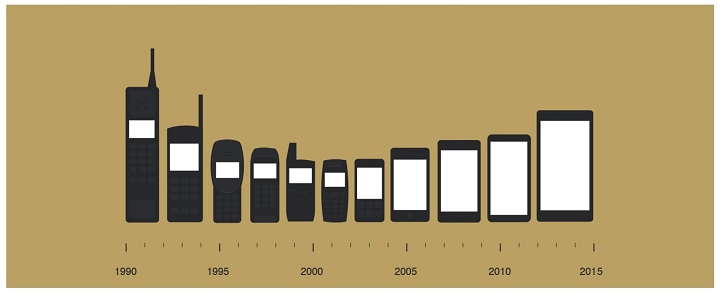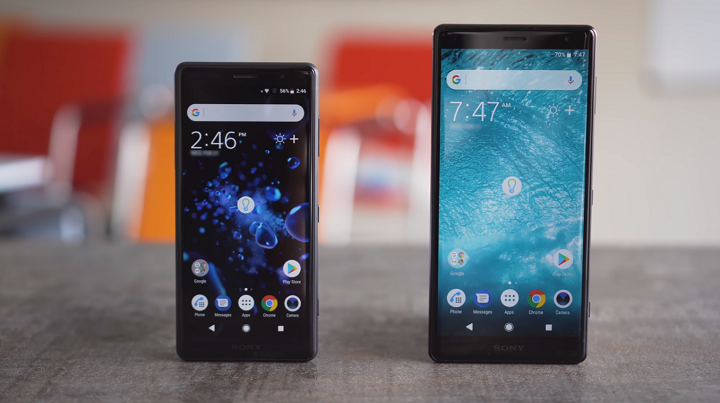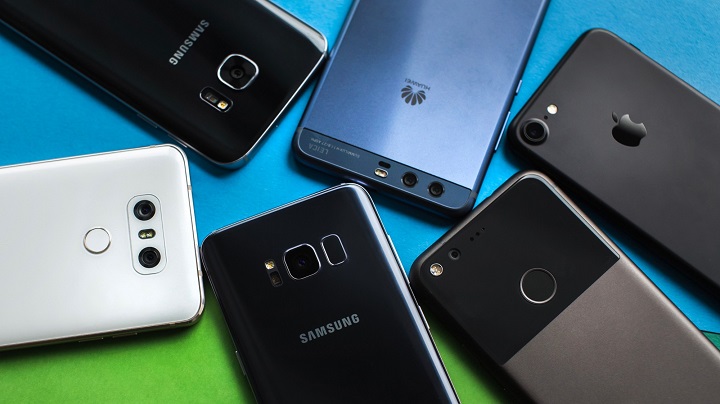The Technological Barrier: Will Mobile Phones Evolve Further?
Mobile phones have been around since the 1970’s. The first concept of the mobile phone was patented even before the last great war, around 1917, patented by Eric Tigerstedt. Today, even the average person in developing Third World countries can’t even imagine a life without the convenience provided by one.
Mobile phone technology has certainly come a long way since the DynaTAC. The large and cumbersome has shrunk quite significantly. The functions of a mobile phone have also increased tremendously. Before, you can use one just to make calls. Today, after nearly half a century later and countless innovations and design changes, you can listen to music, watch videos, play games, send emails, surf the Internet, work with various office productivity tools and specialized apps, monitor health, and even power up a computer. You can even make and receive calls now without putting the device on your face using either a cabled or wireless smartphone accessory. Now, with the advent of 5G technology, it seems the right time to once again take the mobile phone up the next step in its technological evolution. But there’s a slight problem: it seems that mobile phones have hit some kind of technological barrier. Is this really the end of the line?
Where We Are Now
Just this month several events took place related to 5G technology: The US cited 5G as the reason it stopped Broadcom from pursuing its hostile takeover of Qualcomm. US security agencies warned against the use of Huawei devices, fearing Huawei’s link to China and what that means to let Huawei invest in the US’ communication’s infrastructure. Several US ISPs have declared that they would try to deliver 5G connectivity by next year. Several China companies and Qualcomm made a deal to further develop 5G compatible devices. Qualcomm has developed better chipsets year after year as it pursues further research and development in 5G, making them the usually cited experts and leader in the field.
The cited deadline for the commercialization of 5G is 2020, and if the world will first see it in 2019 then we’re right on schedule. Which means that there are no problems with the future of mobile connectivity. But what about the device itself?
Take a look at the return of the mobile giant brand, Nokia’s devices. They came in quite late in the smartphone party after being stuck for a while in the past. Right now their biggest latest devices is a retro budget phone and a pricier Samsung Galaxy S8 clone. Samsung released a new phone for the Galaxy S series, but it’s just a phone with the latest chipset and a fancier camera. Same goes for Apple and it’s iPhone X last year. They all still have that old rectangular design, just as similar to the very first iPhone Steve Jobs pulled out of his pocket years ago when he was still alive. The only difference now is that they’ve removed the headphone jack, they removed home buttons, and they get bigger and bigger each year while increasing the size of the display. They’re also starting to remove the charging port, to be replaced by wireless charging technology.
The functions though, those moved forward: With the introduction of the concept of putting applications on your phone mobile phones can basically do almost anything a computer can do these days. As the chipsets Qualcomm and other chip company produce for each generation, new phones become more powerful and more complex apps are developed with each passing generation. You want to view or edit some documents? Microsoft developed the Microsoft Apps that usually comes free with every new Samsung phone. Do you want to play games? There are tons of games and applications on the Internet today, from mobile gaming apps to emulator apps that play old Gameboy Advance or Playstation Portable games. Want to control your fridge’s settings? You can do it with the Internet of Things technology available today. Are you a health buff and want to monitor your pulse rate? With other devices that connect to your phone, you can view that, as well as other information.
The Technological Barrier
So what should we be looking forward to in the future? We’re obviously doing great with the software aspect and the network and connectivity aspect but as for the hardware and design, it’s like we hit a snag. Are smartphones forever rectangular mini-PCs that just keep getting bigger and bigger each year? Maybe to the point of becoming not “mini” anymore? That’s a dangerous thought because the selling point of smartphones is that they had to be portable and light. They can’t become something heavy that’s too tiring to carry around. They can’t also become something too wide to fit in front of your pocket.
The sign that we’ve hit some kind of a technological barrier is that people just aren’t interested in new features anymore. Every person out there has become practical and isn’t made gooey-eyed by temporary gimmicks like a FaceID sensor or a fingerprint sensor. It’s doubtful that even if folding smartphones even become a thing no one is going to go out and buy them and just dump their still-working smartphone. The falling sales of the iPhone 8 and the iPhone X last year just showed this as an undeniable truth.
The designs are old and look the same every year, the gimmicks don’t justify the need to make new purchases anymore, and the only ever reason you’ll need to buy a new smartphone these days is to replace your old one that is either broken or lost. If this continues we may see even bigger numbers as more people fail to see any merit to upgrading their smartphones.


